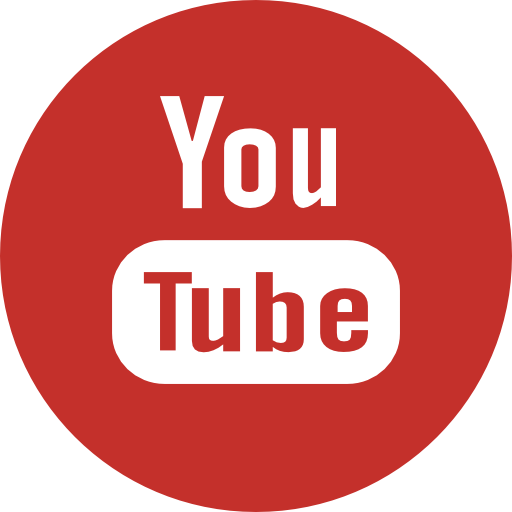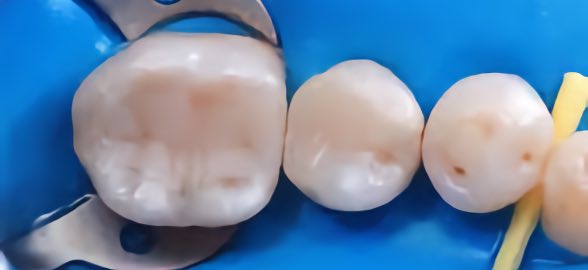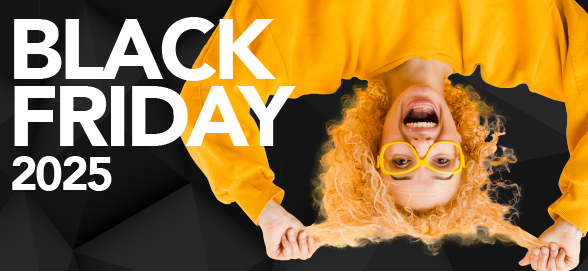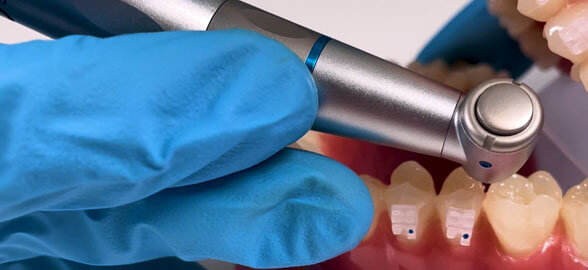Continuing with the series of bogs on sustainability, in the first part we told you about the correct way to classify waste in the dental clinic. And today we bring you the second guide in collaboration of Gravity Wave.
We'll tell you in advance how to make a good management of the materials mostused in the dental clinic. Are you ready? Let's start.
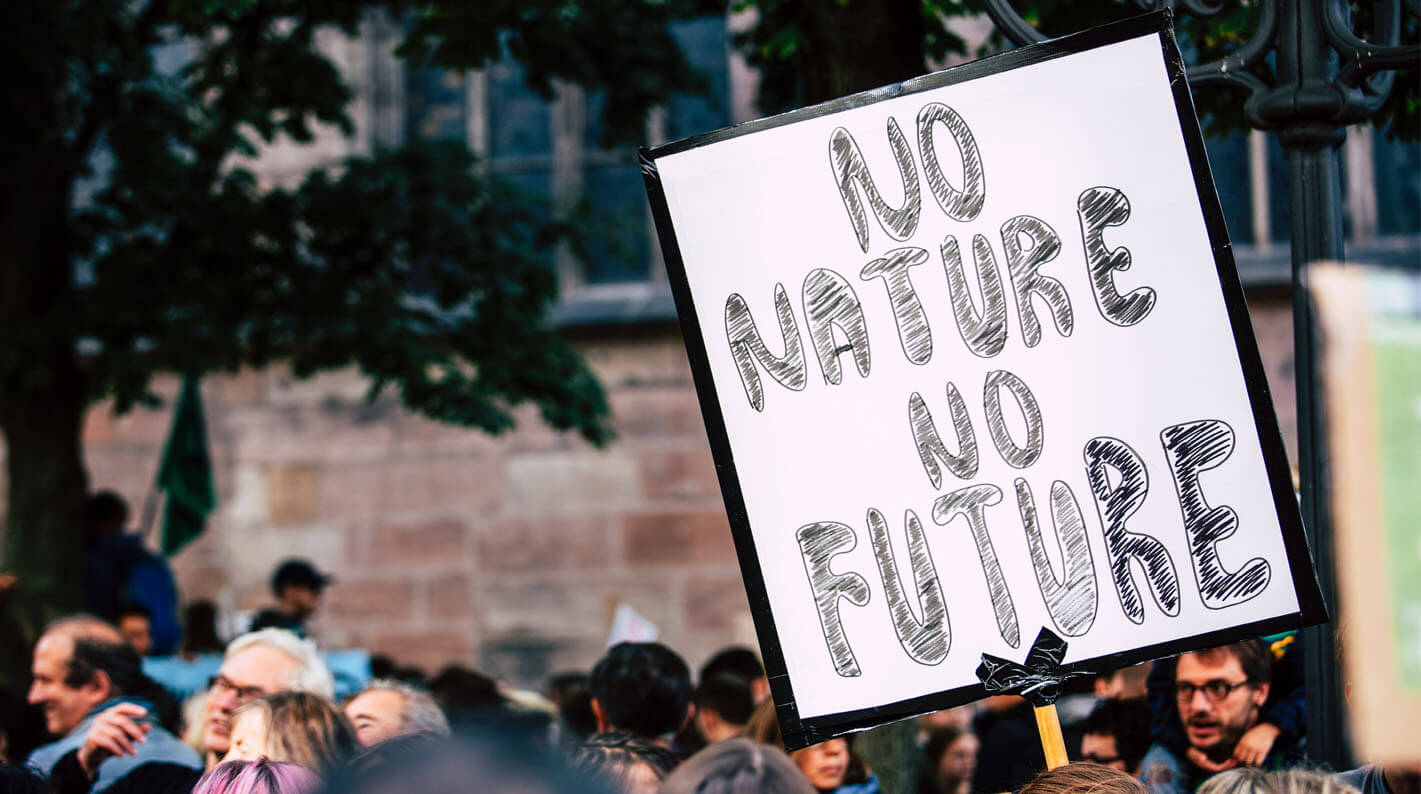
As we saw in the first guide, in the dental clinic materials are used that, after being used, become sanitary waste that is classified for its danger. We show you a brief summary below:
- Type I: Urban waste. Cardboard, paper, containers, glass or any waste that can be consumed at home.
- Type II: Non-specific sanitary waste: here would be non-infectious waste such as gloves, masks, cotton, etc.
- Type III: Specific sanitary waste: poses a high risk of infection for people. Example: needles, drills, exploration probes, etc.
- Type IV: Waste classified according to specific regulations: hazardous waste from different sources (chemical waste, radioactive waste, etc).
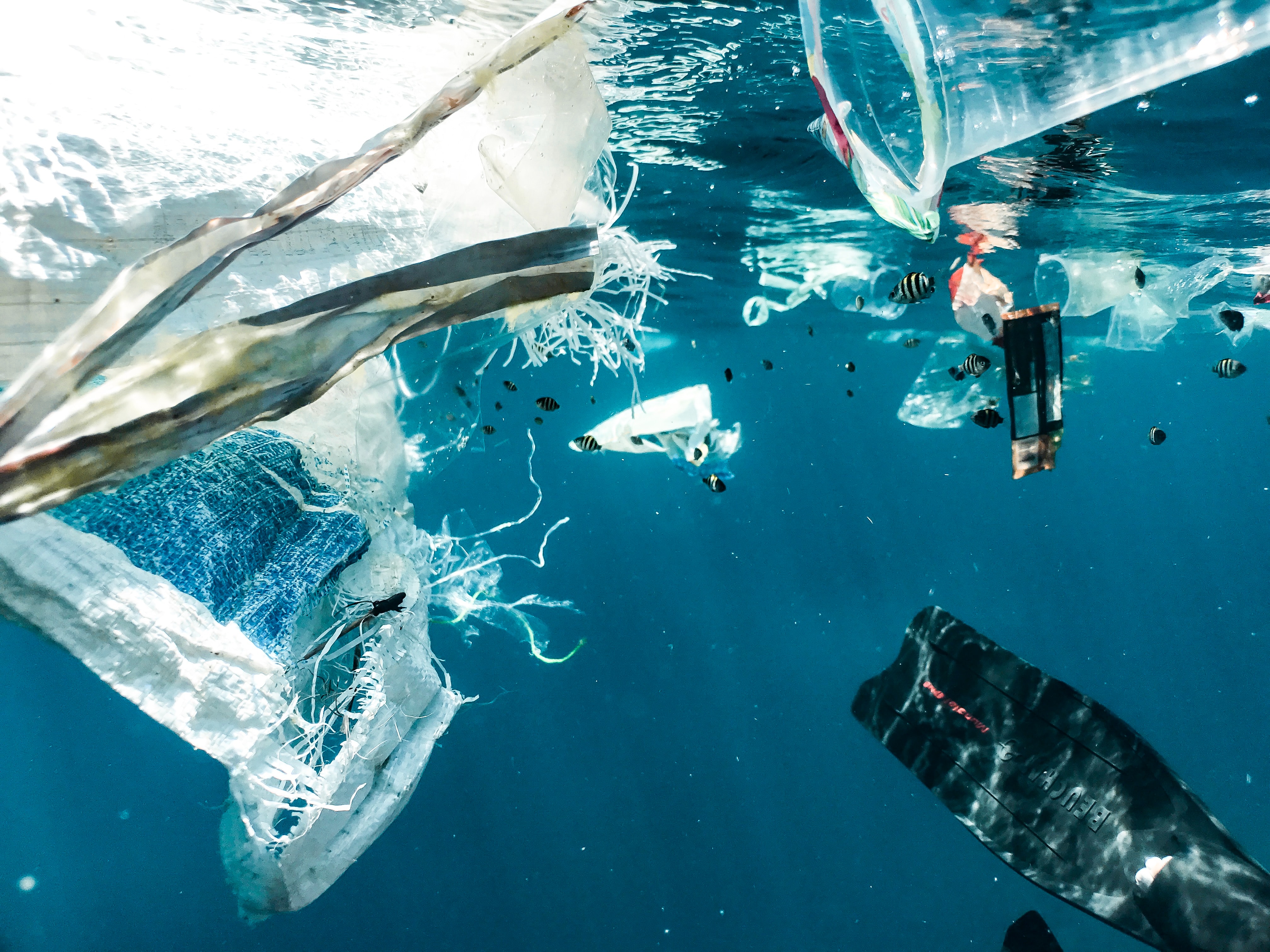
What are the most commonly used materials in the dental clinic?
The materials most used in dental clinics on a daily basis belong to different types:
- Type I:
- Type II: gloves, masks, disposable ejectors, disposable gown, bib napkin, cotton, gauze pads, disposable cups, rubber dam, orthodontic elastics.
- Type III: needles, dental anesthesia tubes, metal dental instruments.
- Type IV: radiographic film, developer liquid and fixative liquid.
➜Cardboard and paper: bib napkin, disposable cups.
➜Packaging: disposable caps, shoe covers, disposable gown, needles, sterilization bags, orthodontic boxes, disposable cups, dental anesthesia tubes, plastic impression trays.
➜Remains: gloves and masks (uncontaminated), disposable ejectors, cotton, gauze, rubber dam, orthodontic elastics, silicone, alginate, plaster, acrylics, toothbrush, invisible aligner.
Waste management of biosafety material
Biosafety material is part of individual protection equipment (IPE), which in this case includes equipment, clothing and accessories used in the dental clinic. We are going to tell you how from now on you can manage this waste in the best possible way.
- Masks: those commonly used in the dental clinic are surgical masks that must be changed between patients. They are not recyclable through urban waste management, so they must be thrown into the waste container if they are NOT contaminated. If they are contaminated, they should be thrown away in a contaminated waste bag.
- Disposable gowns: made of polyethylene (PE) if they are not contaminated they can go to the yellow container. But we recommend the use of autoclavable gowns to be able to use them more times!
- Disposable caps: they can be made of polypropylene or polyethylene, both plastic materials. So they should go to the yellow container and the paper hats in the blue container. The best alternative is to use reusable hats.
- Shoe covers: the material most used in their manufacture is polypropylene. Again, the best alternative is reusable shoe covers.
Waste management of plastic materials
In dental clinics a large amount of plastic is generated because it is a material widely used in the manufacture of dental materials. And this is a problem: it is a highly environmentally polluting material so we must begin to become aware of it by managing its waste or taking other materials as an alternative if possible.
- Disposable ejectors : they are made of plastic and metal wire, so as it is a product with two different materials joined together they are not recyclable. They belong to group II, but they can be thrown in the waste container if they are not contaminated. And if they are contaminated? You have to throw them in the approved bag.
- Sterilization bags: these materials are made of paper and plastic, so after using them, the paper and plastic should be separated and thrown into the corresponding container (blue for paper and yellow for plastic).
- Orthodontic boxes: they are usually made of plastic, so they should be deposited in the yellow container.
- Composite syringes: The syringe is made of plastic and the composite has a chemical composition that varies according to its specific type depending on the manufacturer. When it runs out, this toxic residue can remain inside the syringe. Surely you have ever wondered: Can a syringe be recycled?. Unfortunately the answer currently is no. It must be thrown into the waste container and if the container is plastic or cardboard, throw it into the corresponding container.
- Dental adhesives: the container is plastic and contains non-hazardous group II chemical compounds inside. This material must go to the waste container and if the container is plastic or cardboard, recycle it through the corresponding container.
- Dental cements : the most common material for these containers is plastic and some are jar-shaped and others syringe-shaped. They must be thrown in the waste container, and the container in the plastic or cardboard container.
- Phosphoric acid syringes: the container is plastic and the content is acid. As in the previous cases, the phosphoric acid syringes should go to the waste container, separating the container.
- Bleaching syringes : plastic container and the content is a peroxide (hydrogen or carbamide). They must be thrown into the waste container because toxic remains remain inside the syringes. Recycle the container if it is plastic or cardboard.
- Plastic impression trays: once sterilized and clean, throw them into the yellow container.
Remember: separate the head, metal and tube!Throw away the plastic head and tube, and separate the metal to remove it to the authorized waste manager.
It is very important to be aware of the amount of plastic used in the clinic. So how can we be less polluting? Undoubtedly a great alternative is born with VIDU, where you can choose from a wide variety of sustainable dental products that offset their plastic footprint.
Waste management of plastic materials used by patients
- Toothbrushes: one of the most common pieces of waste! This is why, in the future, recycling systems can be created for this product. But currently it does not exist and for this reason it must be deposited in the gray container or through a dental waste manager. The final consumer must take it to a clean point and never throw it into the yellow container. Always better to throw it to the gray!!
- Invisible aligners: this residue is considered in the same way as toothbrushes.
- Unloading splints : they must be deposited in the gray container, never in the yellow one. As in the two previous cases, in the future there could be recycling systems due to its important use.
- Disposable cups: they can be made of paper or plastic, both can be recycled by placing them in their corresponding container.
Waste management of instruments or metal objects used in the dental clinic
- Needles: They are made of metal and plastic. What should you do to manage this waste? Throw the needles in the sharps waste container.
- Metal impression trays: they are more ecological than plastic trays because they have a longer useful life: you can sterilize and reuse them. It must be deposited with an authorized waste manager.
- Metal dental instruments: They are sterilizable and reusable and are generally made of stainless steel. There are some instruments that have edges or tips that wear out with use and must be replaced.
- Dental burs : they can be made of steel or tungsten carbide. They must be deposited with an authorized waste manager.
- Brackets: brackets can be metallic, ceramic, sapphire or other materials. The most common are metallic ones. They must be deposited with an authorized waste manager.
- Orthodontic archwires: Orthodontic archwires can be made of a variety of different alloys. The most common are nickel-titanium (Ni-Ti) and steel. Deposit them in an authorized waste manager.
- Orthodontic bands : they are usually made of steel. They must go to the authorized waste manager.
What to do with these materials when their useful life is over? Deposit them at an authorized waste manager. And if it is a sharp instrument, it is thrown into the container set up by the manager for these materials.
⚠️Are there sustainable alternatives to the materials most used in the dental clinic?
The truth is that there are many materials that, due to their composition or leftover content, cannot be recycled. But there are alternatives to replace materials such as plastic or reduce the use of paper, among others.
Next we will tell you what alternatives you can take in the clinic and interesting facts about possible future alternatives. Very interesting!
- Regarding IPE, it is advisable to use reusable materials whenever possible. And as for the masks, we will tell you a curious fact: in Chile they have begun to manufacture them with a biobased and biodegradable material with particle filtration and special formulations to protect. Filtration is greater than 90%.
- Regarding composite, adhesive or cement syringes they are currently not recyclable. But, did you know that VIDU is working on the development of alternatives and new recycling channels for this type of waste? We must fight for a less polluted planet!
- An alternative to replace plastic toothbrushes, is to use the ecological bamboo toothbrushes. They have the advantage of being biodegradable and in 90 days are converted into fertilizer.
- Another environmentally friendly option in terms of disposable cups, are the kraft paper cups from VIDU. They are also Plastic Neutral!
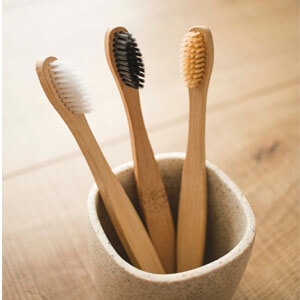
In addition, an increasing number of manufacturers are opting for the plastics reduction in packaging and products. Unfortunately, there is a lot of polluting waste generated in the dental clinicHowever, with these guidelines you will be able to manage them in the best possible way.
Remember the importance of dispose of each waste in its container corresponding! You will ensure its subsequent recycling and useful life. Don't miss the next sustainable blogs in this series: they will help you turn your dental practice into an eco-friendly and planet-friendly place.
And if you have any questions, we'll be happy to help you! Thank you! If you want to be always updated on the latest news and trends in the dental sector, we are waiting for you in our blog and in our social networks, see you next time!


